I also like rooster art. And for a town where the gamecock is king, a lot of the rooster art falls somewhere on the spectrum between "bland" and "dumb." As Exhibits A and B, I present to you the sculpture that greets visitors at the Columbia airport and the $85,000 statue that graces the campus.
Five.
Thousand.
Dollars?
Moving on . . .
"Pinwheel" started with trying to capture the lines and feel of a shape in motion. I used some arcs of round steel from an old outdoor table (curb find) to start outlining the crescent shape of a rooster back-pedaling into the air. The feel of the piece emerged over the course of the month as I triangulated what I envisioned with the materials I had and my technical abilities. It wanted a twirling, spinning, somewhat gritty, mechanistic-yet-on-the-edge-of-control feeling, like being on a beat-up carnival ride. I also wanted an out-of-balance display, part show and part genuine menace. "Pinwheel" is a summer evening's trip down the midway and through the gauntlet of posturing carnies trying to goad little boys into demonstrating their manhood. It's the perpetual motion machine of flashing lights, trampled grass, fried food, and the music of AC/DC blaring from the Matterhorn.
It's also for sale.
I think this piece turned out great -- it's perhaps the "best" thing I've created so far. I'm selling it because I don't really have the space to display it inside the house (it's an inside piece) and because I honestly think it is a piece that can be enjoyed and appreciated by a lot people. Of course it won't evoke the same basket of memories and feelings from everyone that sees it. That's okay. I did what I set out to do, so my job is done.
I think "Pinwheel" would look great over the bar in a high-end restaurant in Columbia or some other city. "Pinwheel" has a wingspan of 38," a height (from the base to the highest wingtip) of 41," and a length (from beak to tail) of 30." The base is a steel ring with a 16.25" diameter. The base could be changed but there would be engineering involved.
I'm asking $8000 for it and a display that includes my name. If you've got the cash, the space, and the desire to ditch your cartoon chicken and sit at the adult table, please send an email to my art account: [email protected]. I'm always ready to consider interesting trades or other offers, but please don't email me to ask if I'll take $200 for it.
I'm going to put two old radio tubes in the sockets of the light fixture after I apply a clear coat to the piece to lock in the patina.
Here are some more photos (and more here; video coming soon):
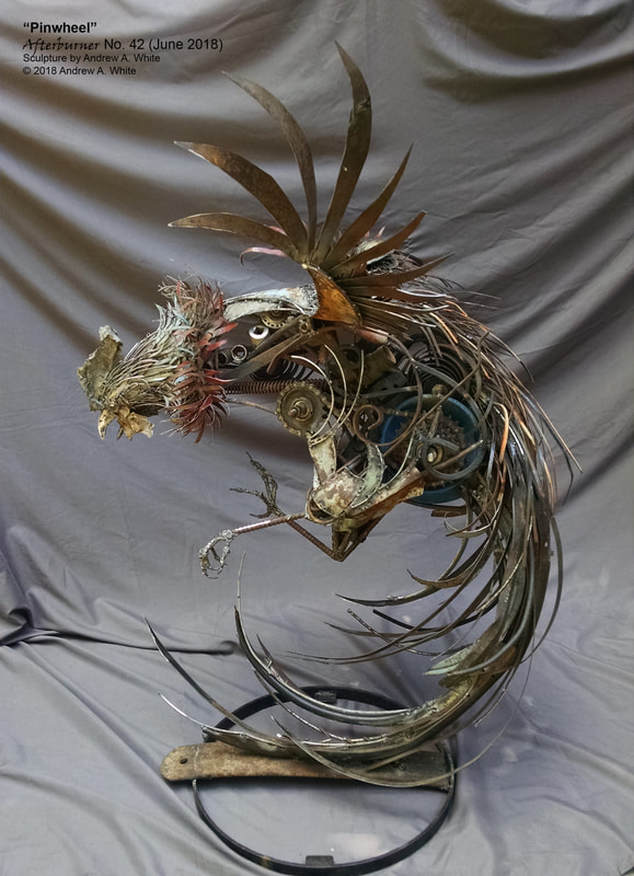
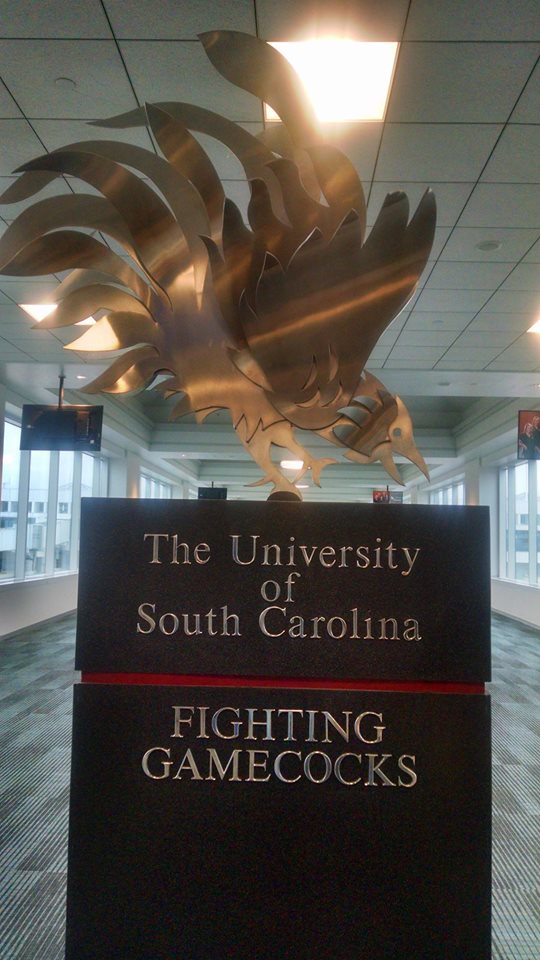
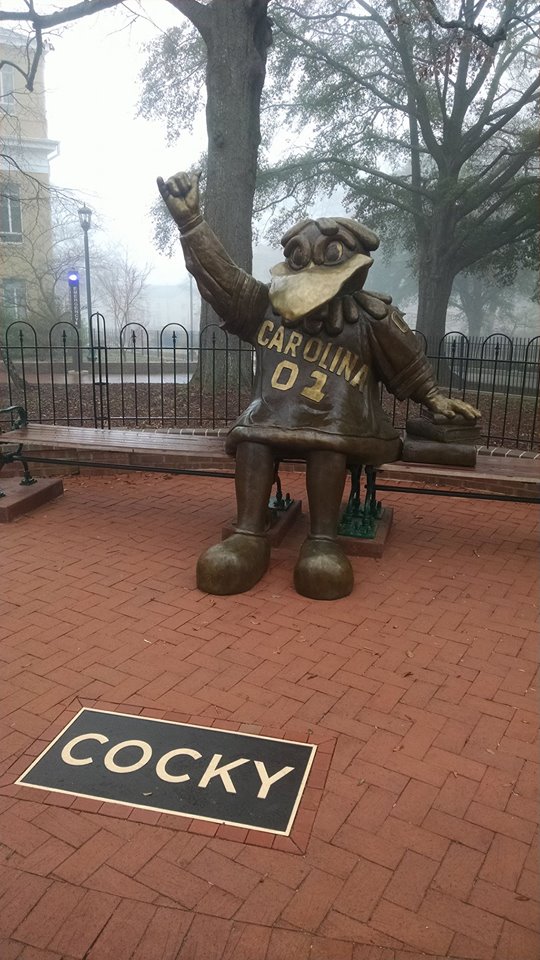
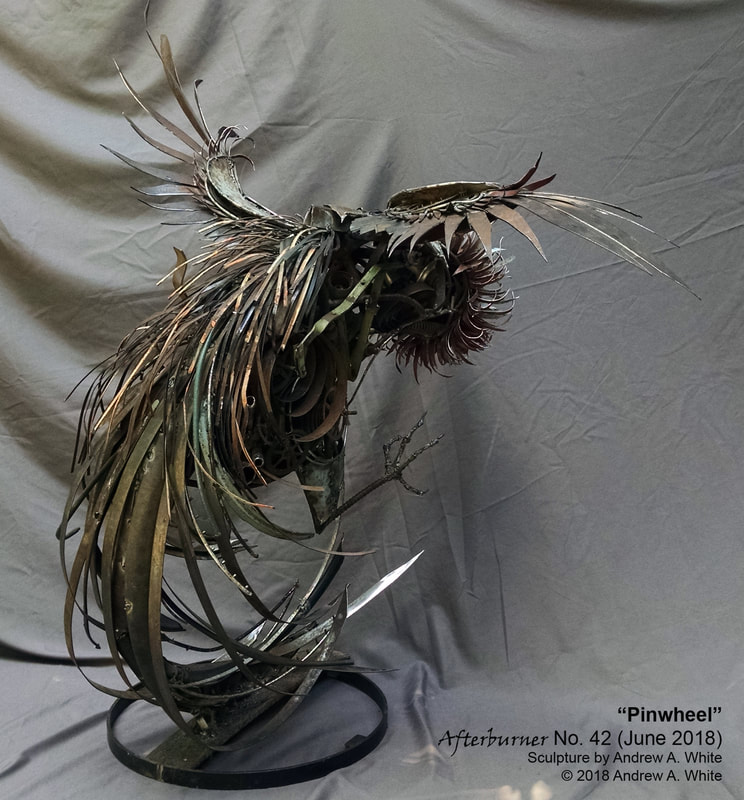
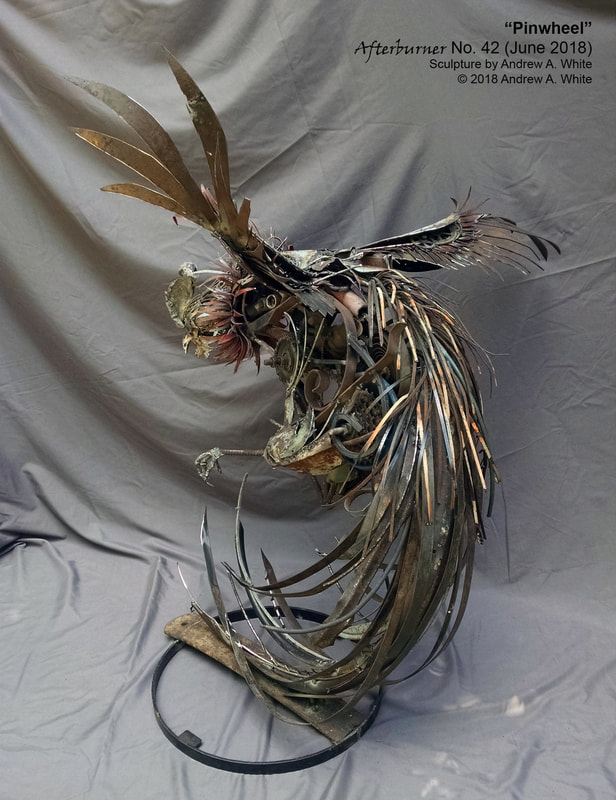
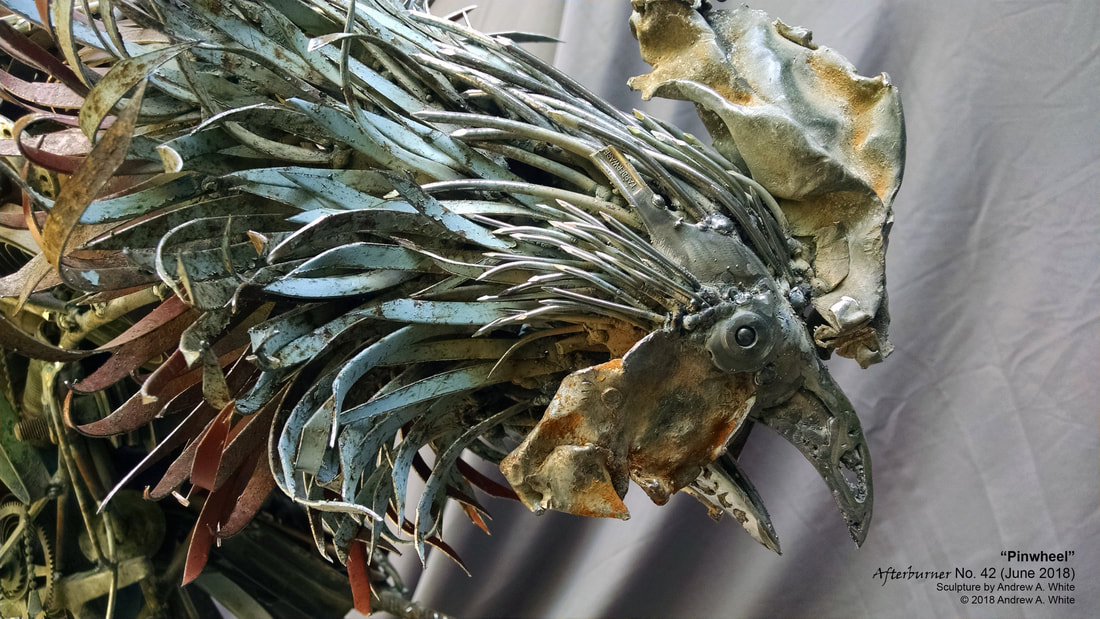
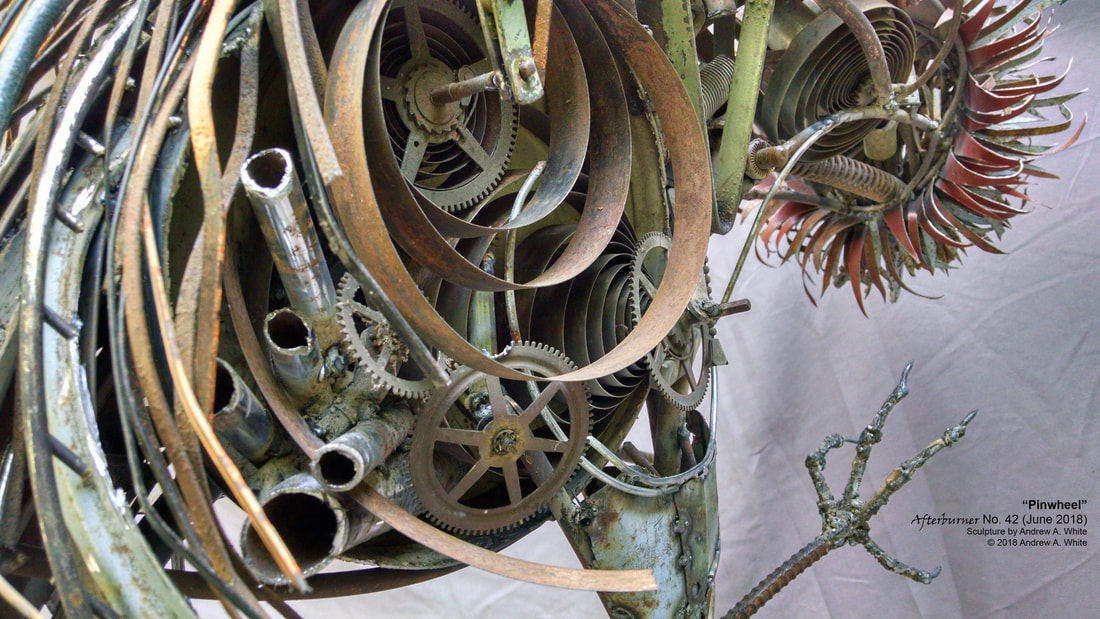
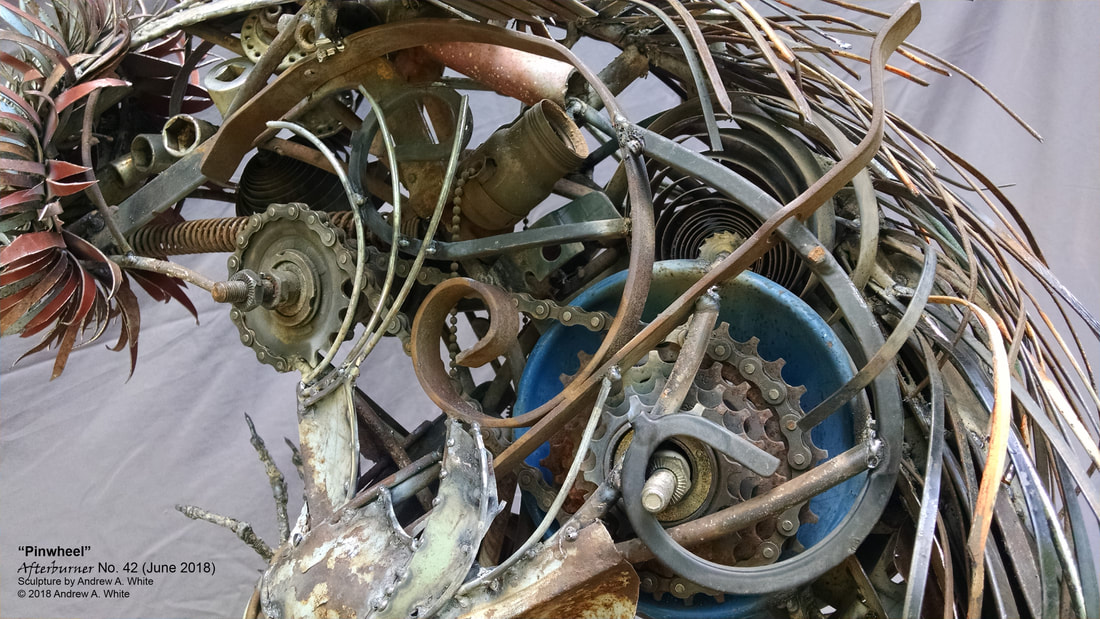
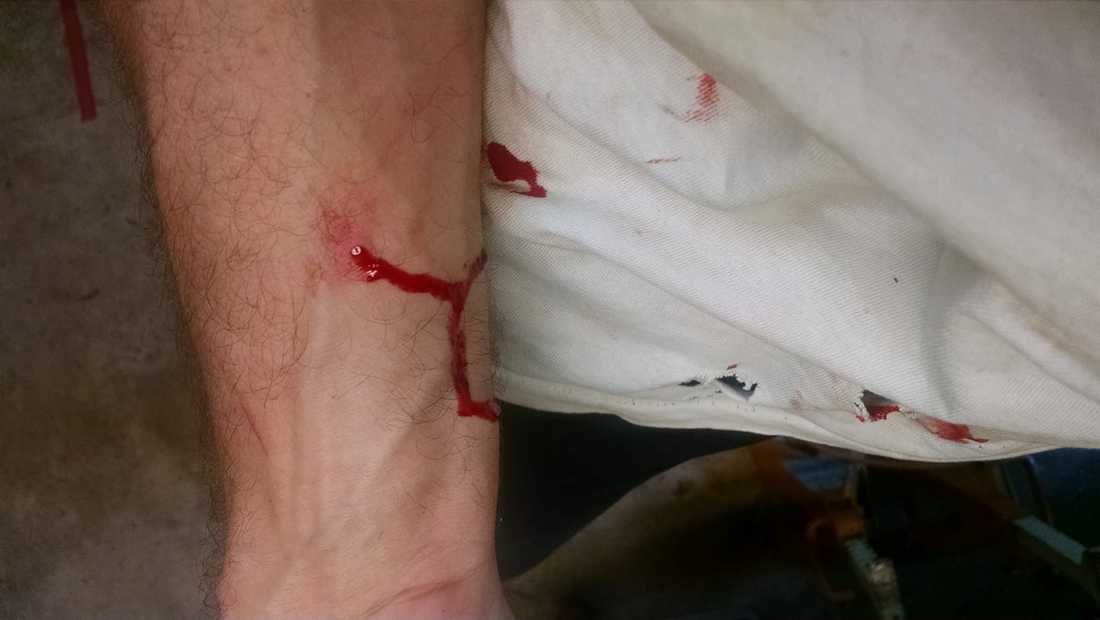
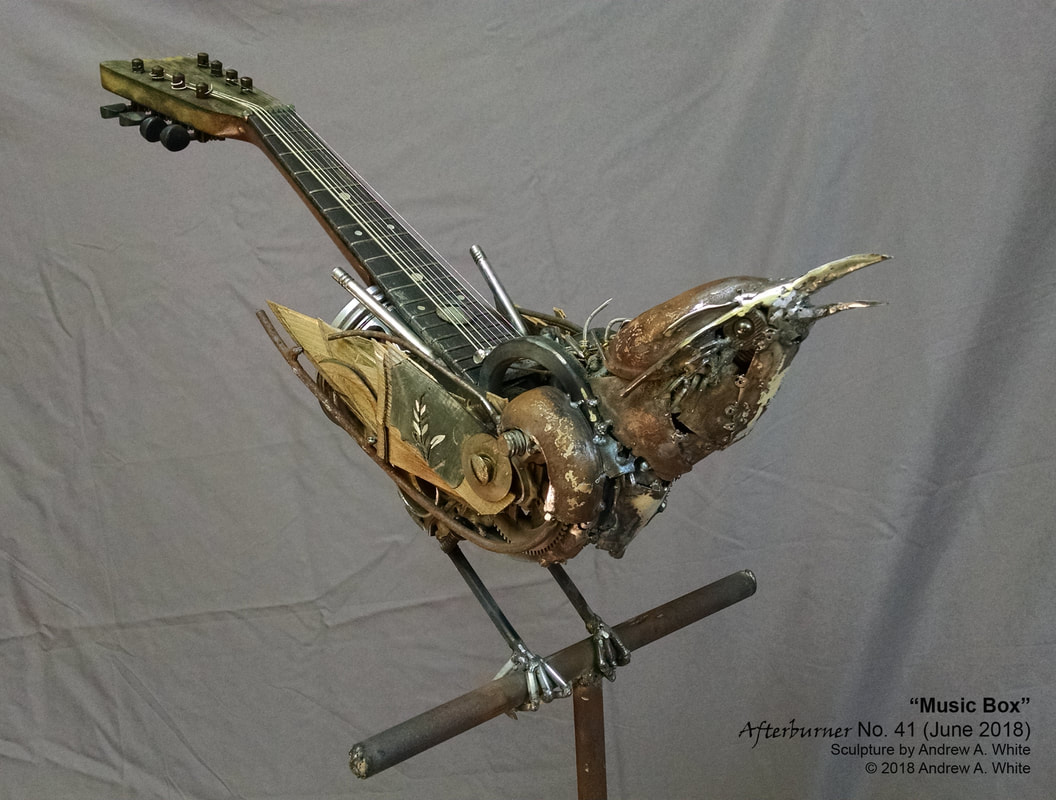
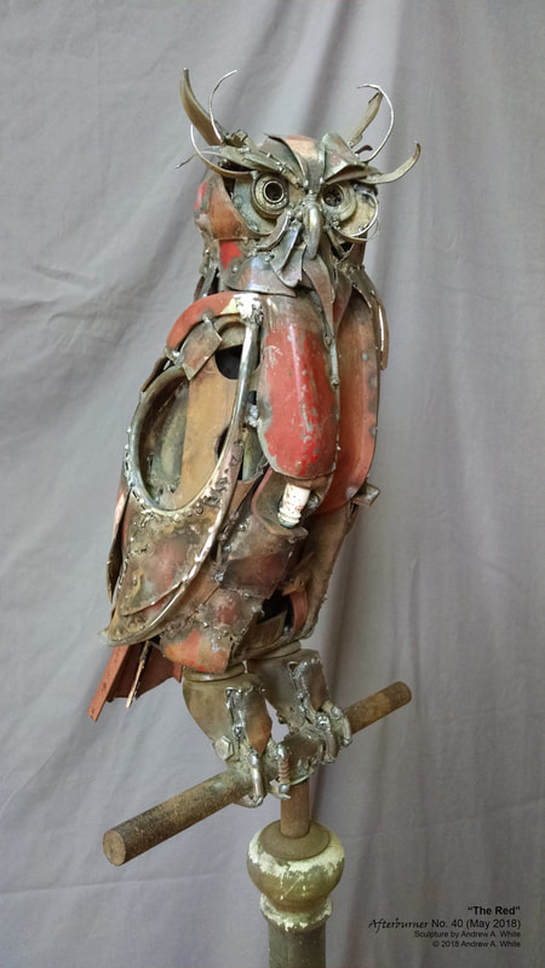
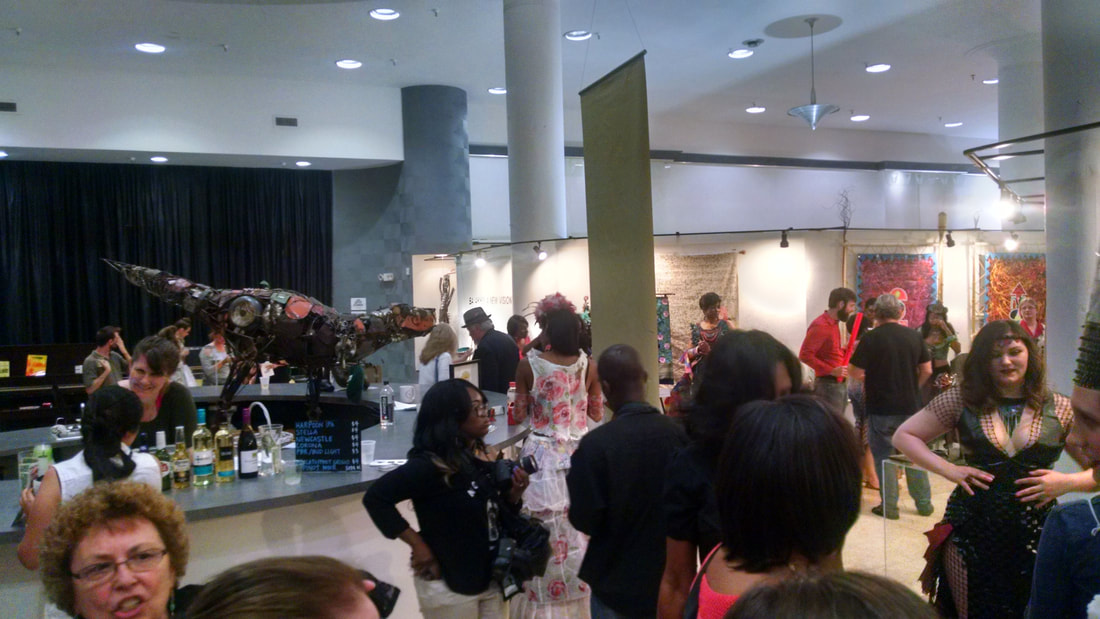
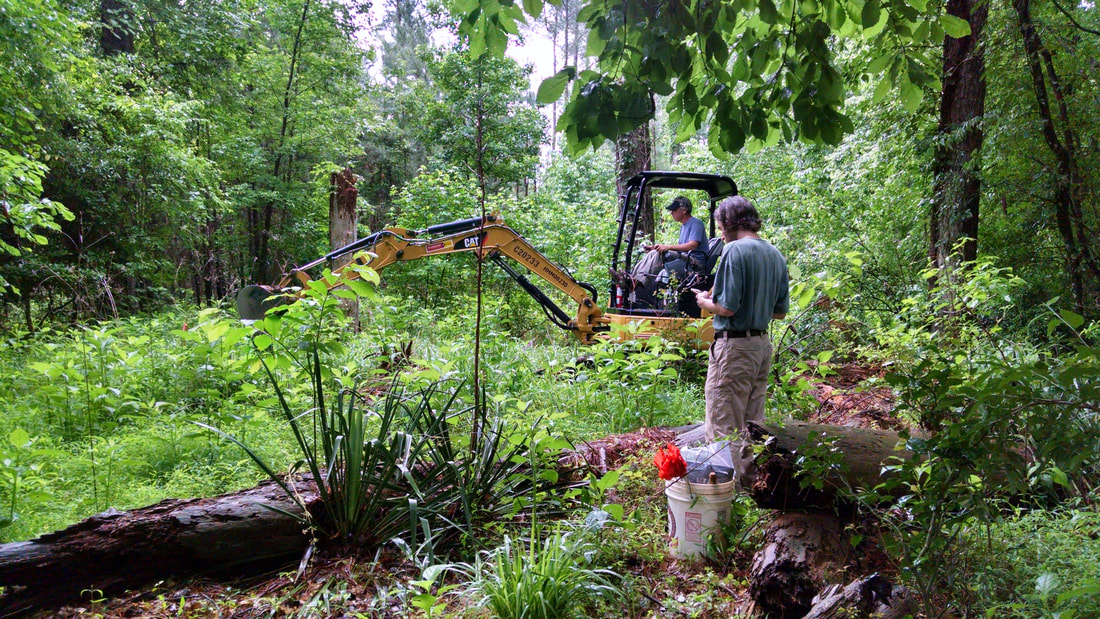
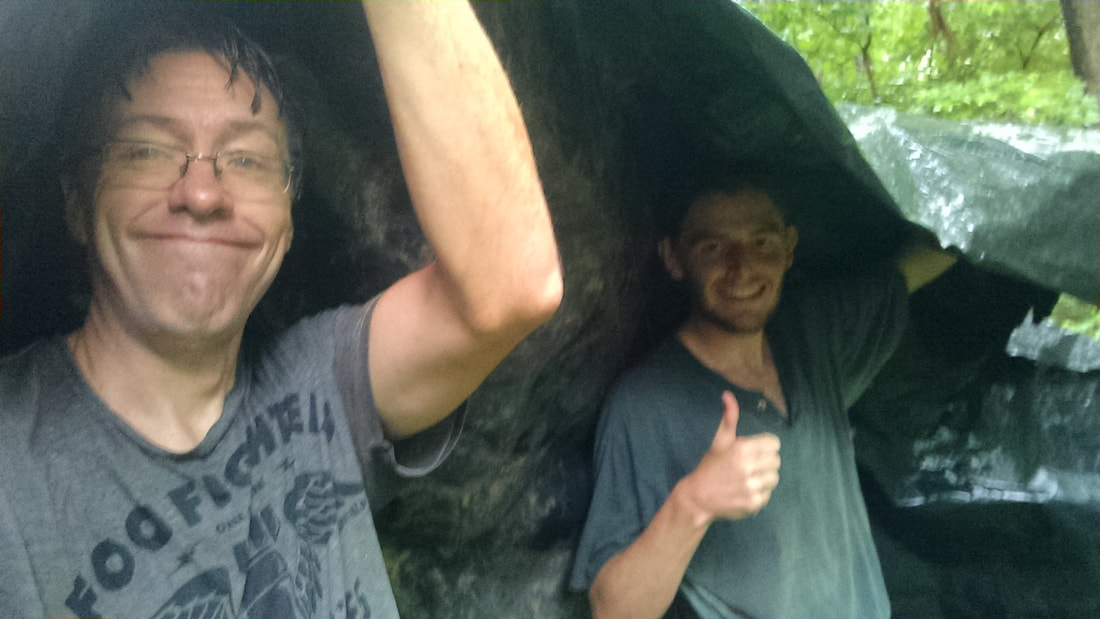
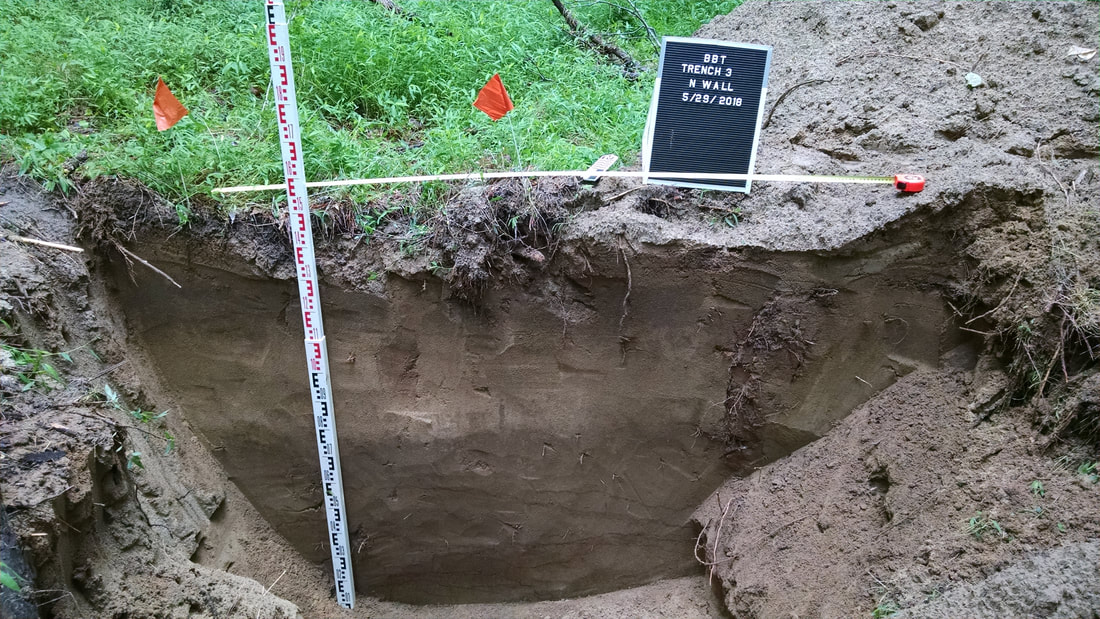
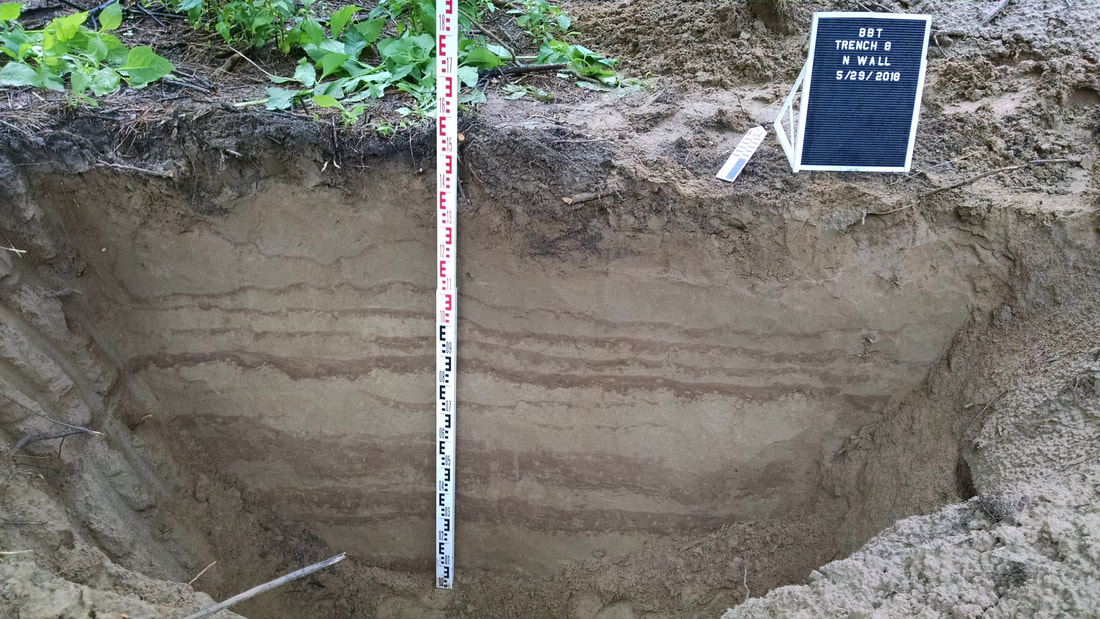
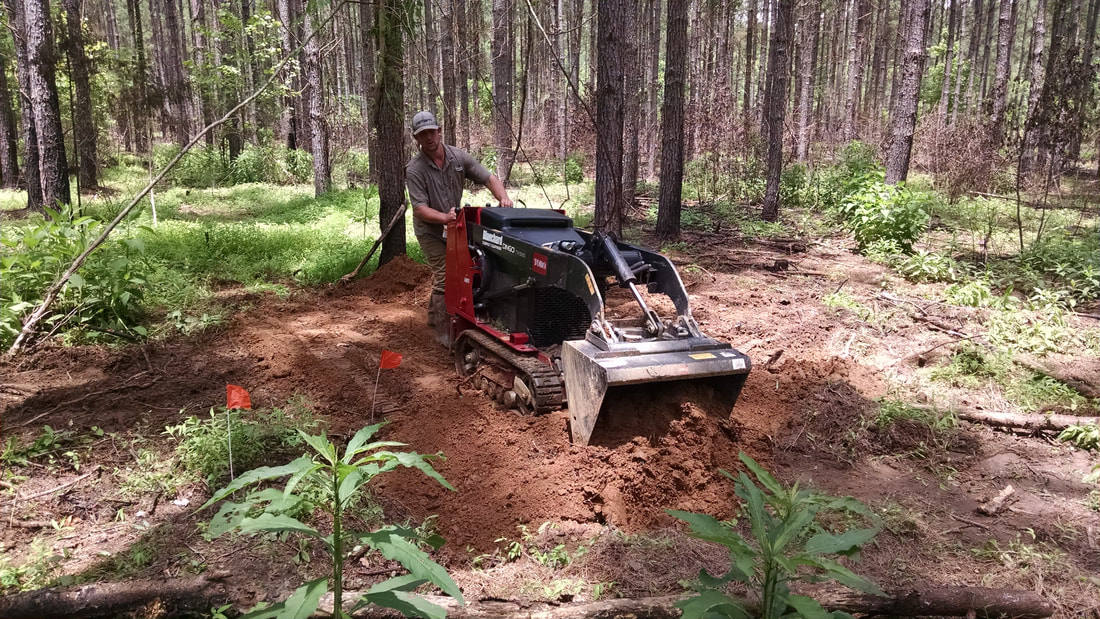
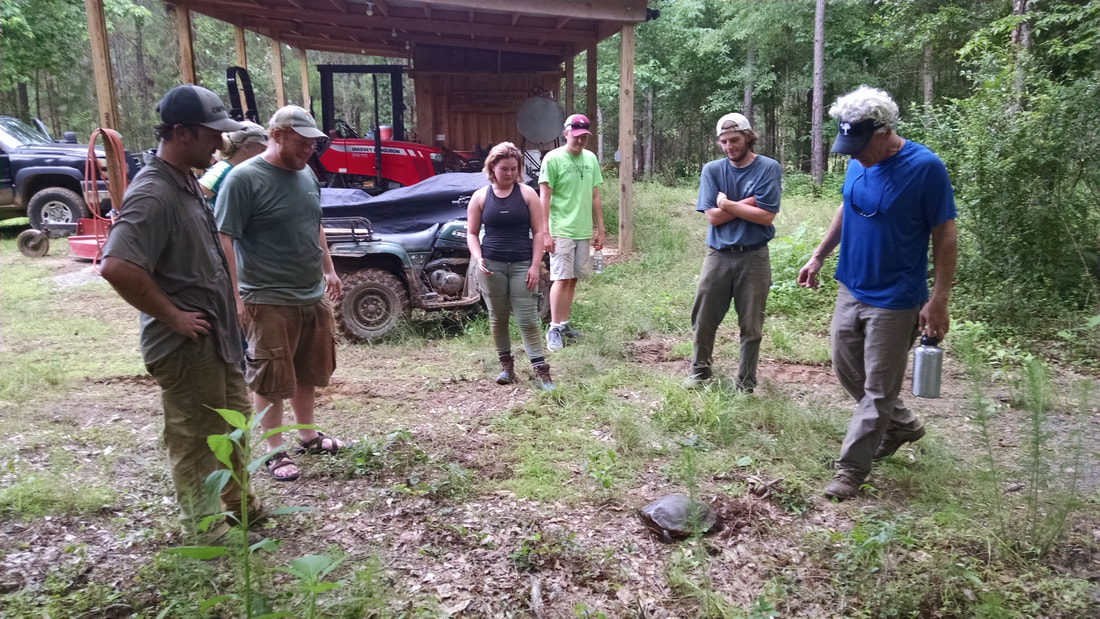
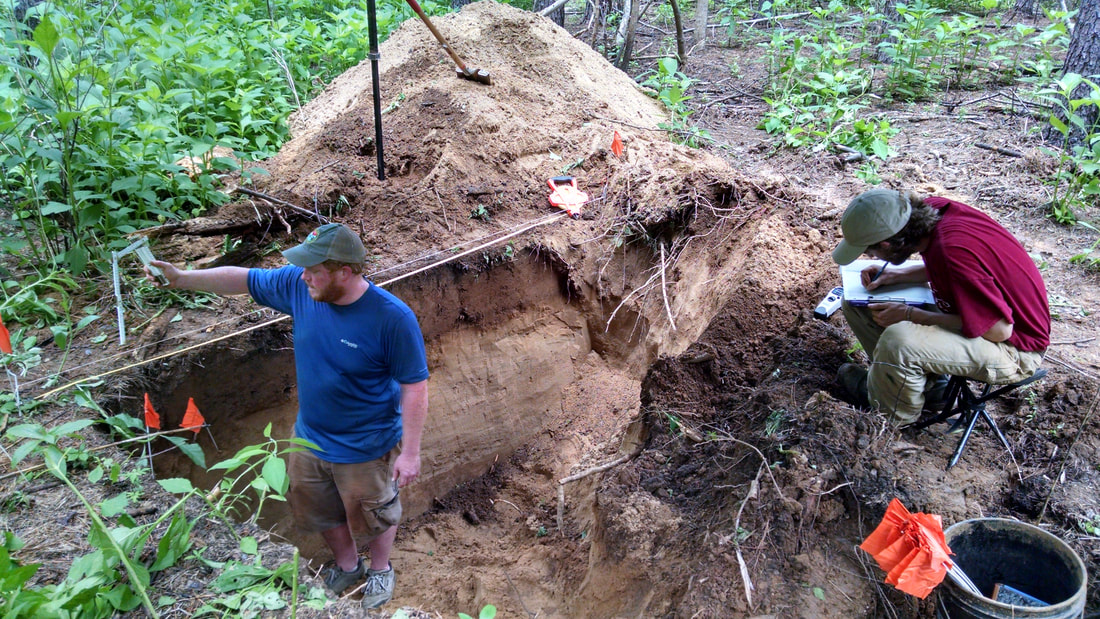
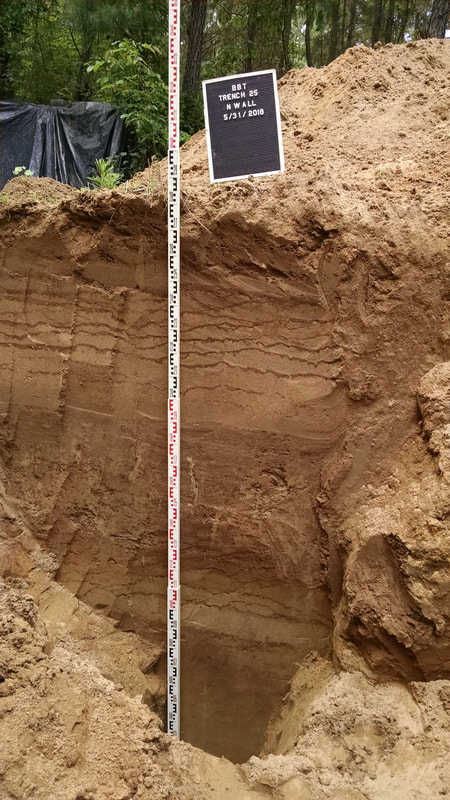
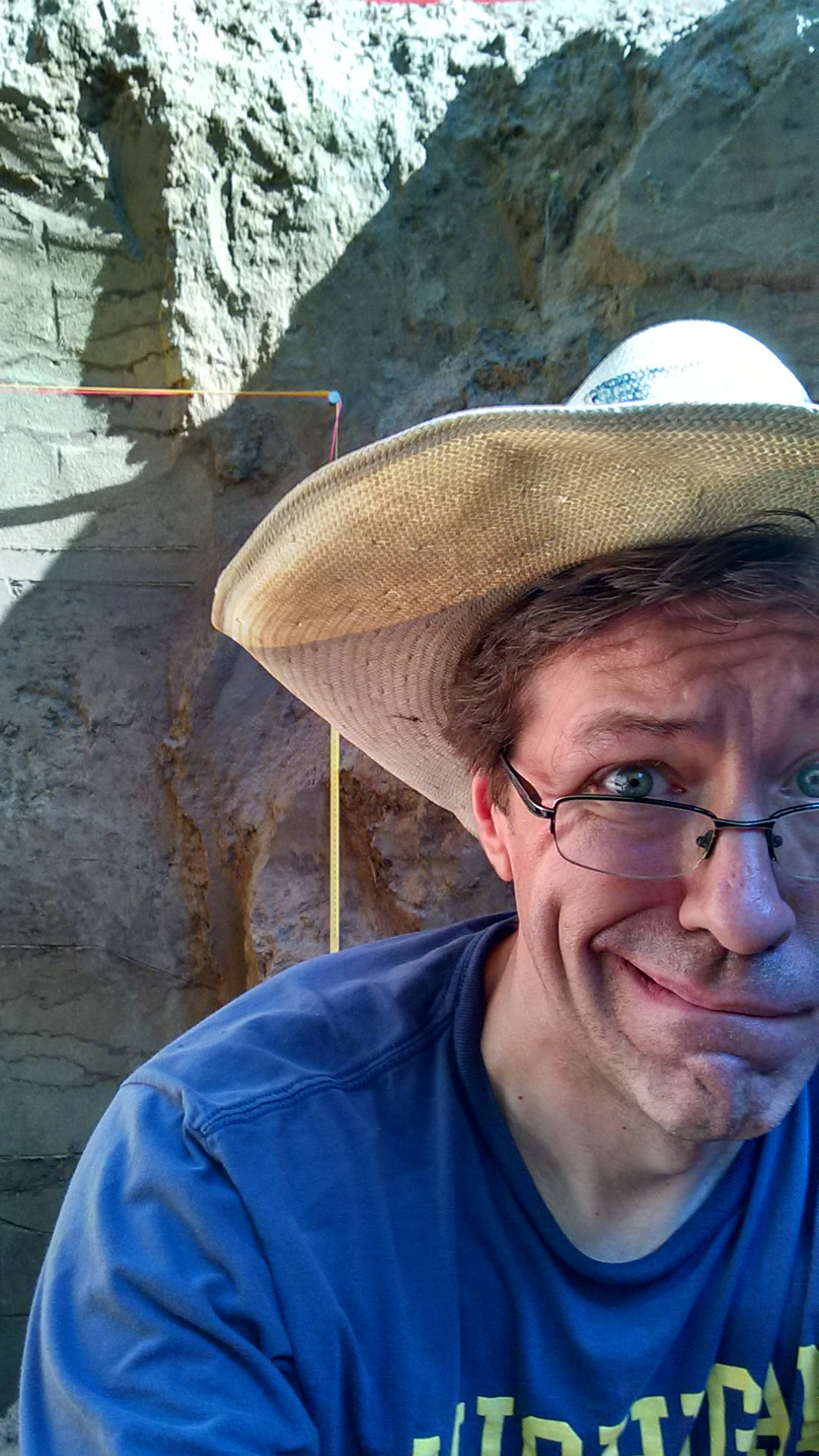
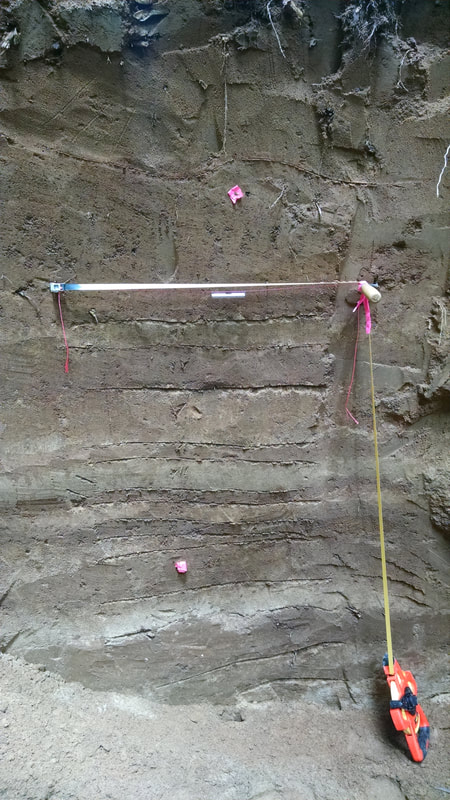
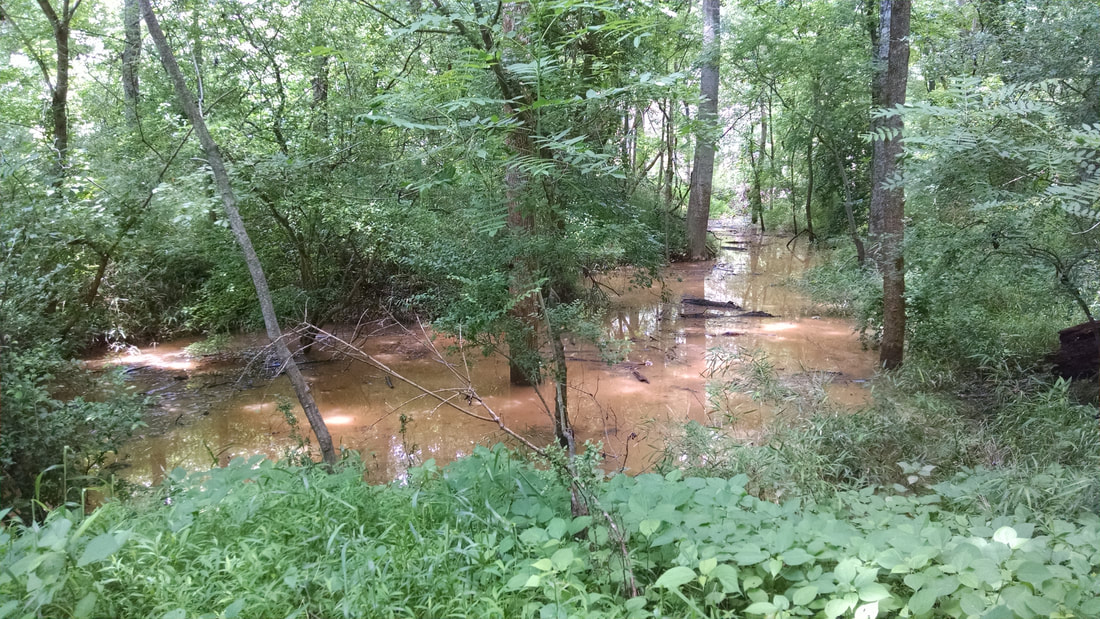


 RSS Feed
RSS Feed
